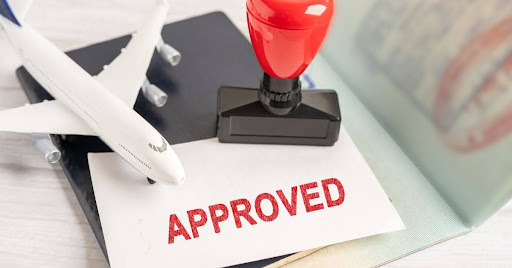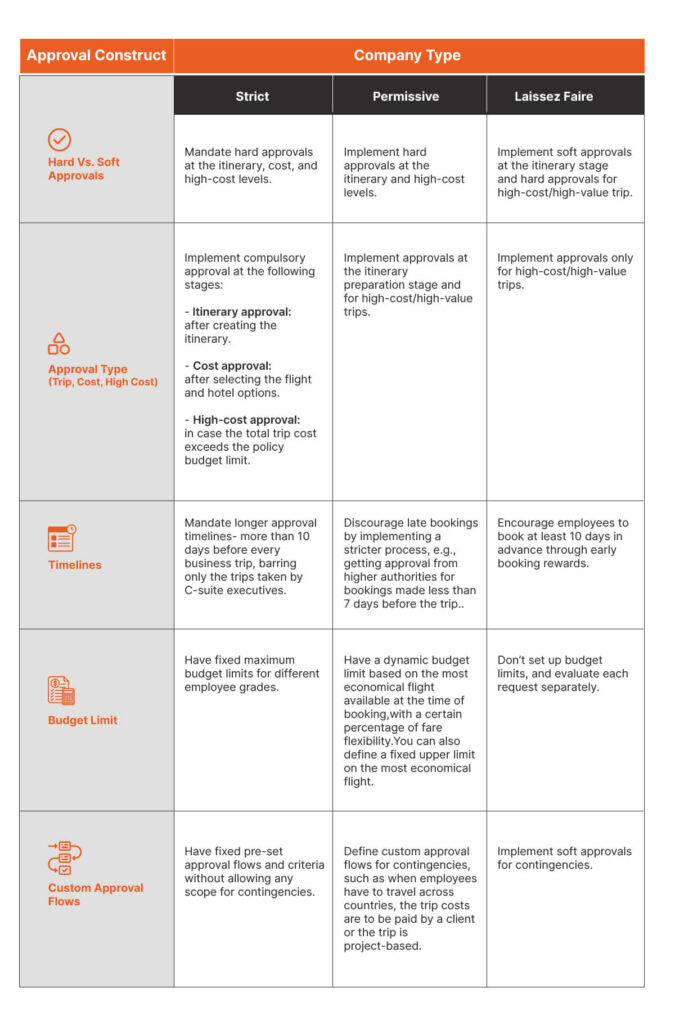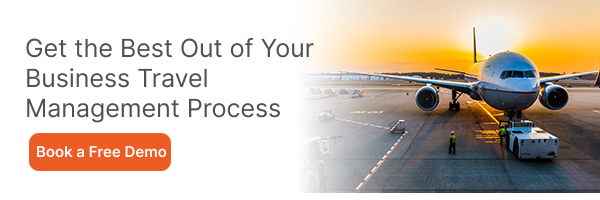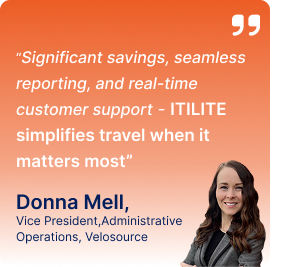
An efficient travel approval process is vital for optimizing a company’s travel management system. By simplifying and accelerating approvals, organizations can save time for frequent travelers, allowing them to focus on their work rather than navigating complex procedures. This streamlined approach enhances employee satisfaction and reduces the administrative burden on travel managers, enabling them to allocate their time to more strategic initiatives.
An effective approval process also serves as a critical control mechanism for managing travel expenses. It ensures that all travel expenditures align with the company’s budget and policy guidelines, promoting financial accountability. Companies should develop a transparent and efficient workflow tailored to their unique needs to maximize these benefits. This will help minimize delays and prevent bottlenecks in the approval process, ultimately fostering a smoother experience for all involved.
What is a Business Travel Approval Process?
A business travel approval process is a structured system that organizations use to manage and authorize travel requests made by employees for work-related purposes. This process is essential for ensuring that travel expenses align with company policies, budgets, and objectives.
Typically, the process begins when an employee submits a travel request, which may include details such as destination, purpose of travel, estimated costs, and travel dates. This request is then reviewed by a supervisor or designated approver, who assesses the necessity and alignment of the trip with business goals. Key factors considered during this review may include budget constraints, the relevance of the trip to the employee’s role, and any existing travel policies.
Once the travel request is approved, the employee can proceed with booking transportation and accommodations. Many companies leverage travel management software to streamline this process, enabling real-time tracking of requests and approvals. Automated systems can help ensure compliance with company policies and facilitate quicker decision-making.
Moreover, the approval process can also help in monitoring travel budgets and forecasting future expenses, providing valuable data for financial planning. By implementing an efficient business travel approval process, organizations can minimize unnecessary spending, enhance accountability, and ensure that employee travel is aligned with strategic objectives, ultimately contributing to a more organized and cost-effective travel program.
Different Approaches According to the Level of Desired Control
The best approval flow is subjective. It is based on an organization’s business model, value framework, and degree of control. Hence, we have created a spectrum of best practices containing strict (maximum control), permissive (slightly lenient), and laissez-faire (completely liberal).
Calculate your savings now!
Our Recommendations for Approval Process Optimization
Although the best approval practices depend on whether your company wants to be liberal, strict, or permissive, there are a few pervasive approval-process-optimizing strategies. Based on our experience consulting hundreds of companies globally, we have prepared a list of such strategies.
Here are our recommendations regarding an optimal business travel approval process:
1. Establish hard approval requirements for all trips
Companies, on average, spend between 0.5 to 5% of their total revenue on business travel. Any leakages in this avenue can have a significant impact on the financial bottom line. Hence, you must ensure all employees require their managers’ approval after preparing the trip itinerary and cost. This way, managers will be aware of all the trips that the employees are taking, and they can ensure that only the essential requests get approved.
2. Encourage early bookings
Early flight booking can help your company save up to 20% of the overall costs. Hence, you should curate the approval process in a way that facilitates booking flights at least 10 days before the trip. You can do that by adopting either the “carrot” or the “stick” approach.
While following the carrot approach, you have to provide employees with some rewards for early bookings.
Alternatively, in the stick approach, you have to infuse negative reinforcements for last-minute bookings by making approvals stricter. So, the employees who book at the eleventh hour must get approval from higher authorities.
You can also have different definitions of last-minute booking according to departments. For instance, the sales department can have a smaller booking-approval window and the option to make essential changes to their itinerary without needing re-approval.
3. Implement cost+ high-cost approval
You should implement a mandatory hard approval for all trips at the cost level to ensure managers know about the reasons employees are traveling. However, if yours company is fast growing, you should set up high-cost approval. In high-cost approvals, the employees must only get all the “high-value” trips, i.e., the trips that require high investment approved by a designated authority.
This is because, in fast-growth companies, the travel volume is high. Hence, seeking cost approval for every trip might cause unnecessary approval delays.
To seamlessly implement cost and high-cost approval systems, you can opt for an advanced travel and expense management software solution, like ITILITE, that automatically implements the policy-defined budget limits before recommending flight and hotel options to employees. This can help you gain greater cost control.
4. Configure multiple approvers
If your company partakes in business travel regularly, creating parallel approval workflows by setting up multiple approvers for each employee is a good idea. With a few advanced corporate travel management systems like ITILITE, you can create tier-based workflows with one or many approvers in a single tier, as required. You can also create multiple tiers for a more comprehensive approach.
This will ensure that the absence of the primary approver does not cause unnecessary delays.
5. Incorporate project-based approvals
In companies where most of the workload is divided into projects, for instance, consulting firms, having separate approvals is necessary. This is because each project manager will have intricate knowledge about the projects they are handling. Hence, they will be able to assess which ones require traveling and what is the maximum budget limit they can allocate.
Streamline your Company’s Approval Workflow with ITILITE
Now that you have understood the best practices for the business travel approval process, creating an optimized workflow is as easy as pie. However, you need an advanced travel and expense management software solution for better implementation. ITILITE can be that solution for you.
With ITILITE, you can set up the itinerary, cost-based, and high-cost-based approval flows separately or in combination per the company’s requirements. These workflows can help you speed up the approval process while exercising the desired control over travel costs. You can also configure project-based approvals, define custom use cases, add auto-reminders if an approver delays a request, and more.
To experience the advantages of a streamlined approval workflow, book a free demo now.









